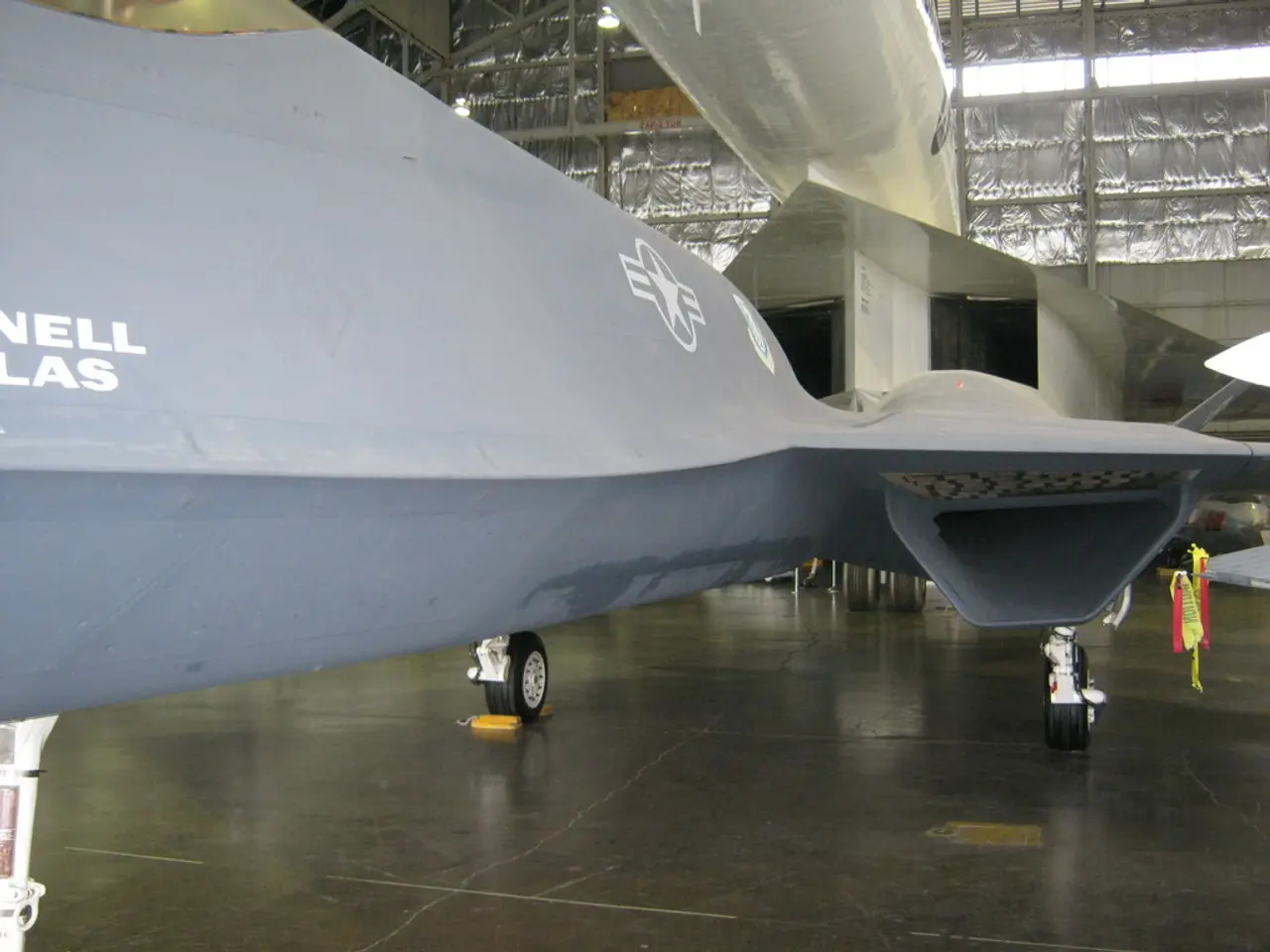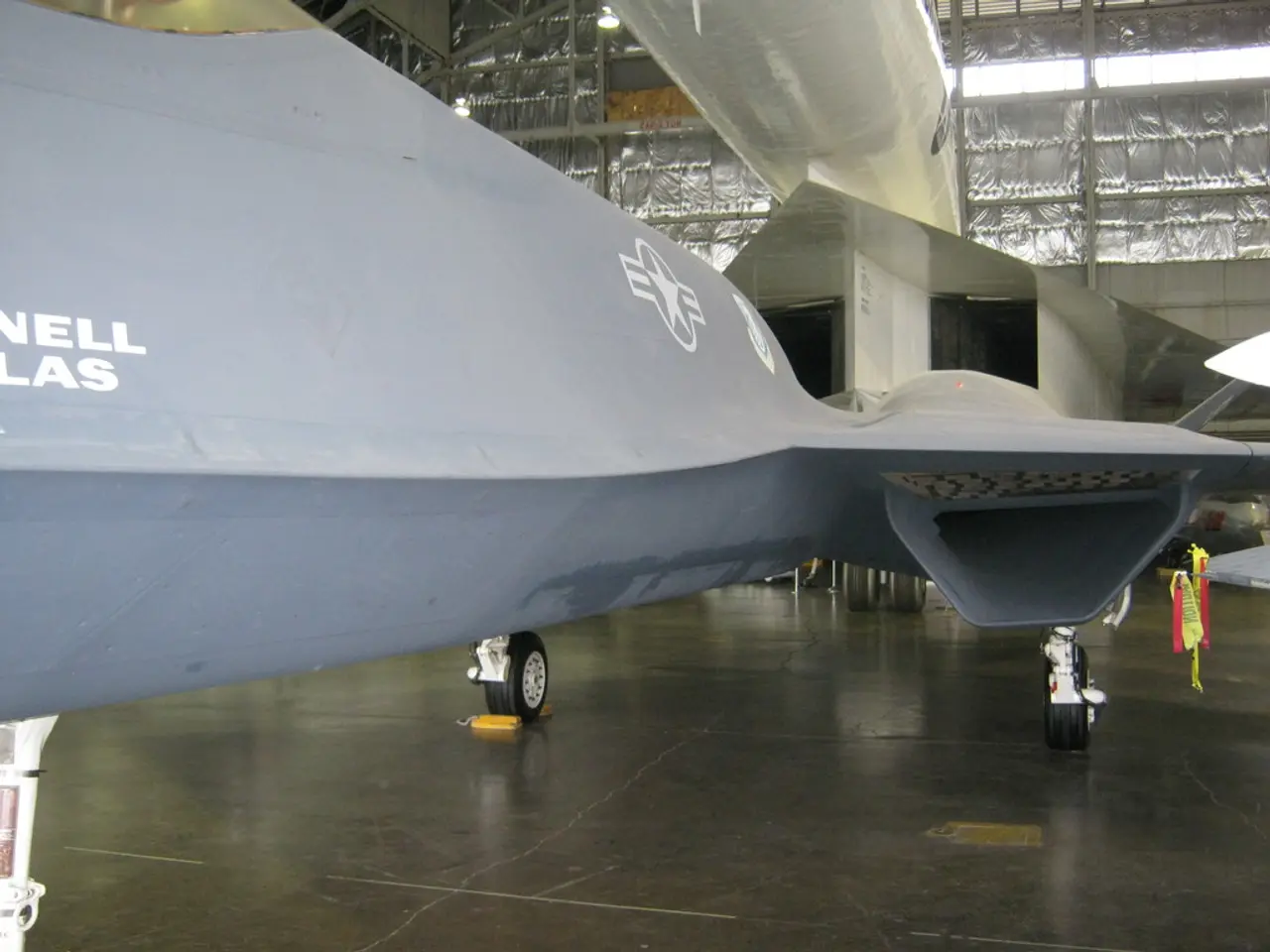Air traffic control education and collision avoidance technology to be scrutinized during day two of inquiries into the mid-air collision over Washington D.C.
The National Transportation Safety Board (NTSB) is currently conducting a public hearing to investigate the tragic midair collision on January 29, 2025, between a U.S. Army Black Hawk helicopter and a PSA Airlines regional jet, operating as American Airlines Flight 5342. The incident resulted in the loss of 67 lives.
The hearings, held in late July 2025, are focusing on air traffic control procedures, training, and policies, which fall under the Federal Aviation Administration's (FAA) responsibility. The NTSB is scrutinizing what transpired in the airspace that evening and whether FAA guidance was adequate.
The investigation also includes a detailed examination of the helicopter’s altimeters and data systems, the design and use of controlled airspace around the airport, and collision avoidance systems on both aircraft types. The NTSB chair has publicly criticized the FAA for shortcomings in safety management and oversight, indicating concerns about the FAA’s role in preventing such a catastrophe in heavily used airspace.
Regarding the Army aviation side, the helicopter was on a training evaluation flight using night vision goggles, and the NTSB is evaluating whether military aviation safety culture and communication protocols adequately align with civilian air traffic management requirements.
Thousands of pages of evidence have been released publicly, supporting transparency and allowing a comprehensive review of technical and procedural aspects. The hearings concluded after 10 hours of questioning representatives from the FAA and Army.
Chairwoman Jennifer Homendy has expressed concerns about a potential "safety culture" problem in both Army aviation and the air traffic organization of the FAA. One second before the collision, the helicopter's instructor had told the pilot to change course. The helicopter route at the time of the collision allowed the Black Hawk to fly as close as 75 feet below planes descending to land on runway 33 at Reagan National Airport.
Army helicopters sometimes use civilian heliports without authorization, and Chairwoman Homendy has expressed concerns that if this practice is happening at Reagan National Airport, it might be happening elsewhere. The investigation is being conducted over three days, with the second day focusing on an 11-minute detailed timeline of the moments before the accident.
Chairwoman Homendy has also expressed concerns about potential issues below the leadership in Army aviation regarding flying underneath civilian aircraft. She stated that helicopters should never fly underneath civilian aircraft departing or landing on any runway in the national airspace.
The NTSB will meet again on Friday, and a determination of what caused the crash will be made in January. The hearings are shedding light on systemic issues about airspace management, collision avoidance, and the integrated safety systems overseen by both the FAA and Army aviation. The hearings are exposing key safety culture concerns in both sectors and assessing how these may have contributed to the accident.
- The NTSB chairman's public criticisms of the FAA raised concerns about potential safety culture problems not only in the FAA's air traffic management but also in Army aviation.
- The investigation revealed that Army helicopters sometimes use civilian heliports without authorization, which has raised concerns that this practice might be happening at other airports as well.
- Chairwoman Homendy stated that helicopters should never fly underneath civilian aircraft departing or landing on any runway in the national airspace, indicating a potential systemic issue with airspace management and collision avoidance.






